Väike-Õismäe District
A series of concentric circles represented a bold new experiment in socialist urban planning, and it notoriously difficult to get around.
Väike-Õismäe was designed in 1968 and 69 by the architects Mart Port and Malle Meelak. The name of the district, in Estonian, meant “Lesser Blossom Hill.” Even before construction began, the Soviet press were hailing it as the future of utopian urban design. International architectural journals had their eye on the new development outside Tallinn too; for example, a 1970 special edition of L’Architecture d’Aujourd’hui tipped Väike-Õismäe to be a “Soviet achievement in residential planning.”
Designed to accommodate 45,000 residents, the housing blocks of Väike-Õismäe formed a series of concentric circles around an artificial lake. The innermost circle, at the water’s edge, would be a green area featuring pedestrian tracks and cycle paths connecting various shops, leisure venues, and schools. Surrounding this was the first ring of story housing blocks, interspersed with occasional 16-story high rises. Outside of that lay the main circular road through Väike-Õismäe for public transport and other traffic. Finally, beyond the main road, a ring of five-story apartment buildings completed the outermost wall of the district.
Construction began in 1971, continuing through to 1975. Väike-Õismäe was truly experimental for its time, disregarding what were then the standard Soviet building regulations for a mikrorayon. In 1976, the architectural team responsible for Väike-Õismäe was awarded the Prize of Architecture of the USSR Council of Ministers.
However, that’s not to say that every element of the experiment was a success. Visitors and even residents sometimes had difficulty orienting themselves in the endless circular street around Väike-Õismäe, while many of the intended urban amenities were never completed. The original plan detailed 75 grocery stores and 12 other specialized shops in addition to three canteens, 30 beauty salons, and car parking spaces for up to 5,050 vehicles (based on a typical ownership rate of 170 cars per 1,000 citizens). However, only around 25 percent of these facilities were ever built. There was a deficit in community centers, and an even more drastic deficit in grocery stores: just three were opened, which resulted in residents having to wait in long queues for basic necessities.
After Estonia regained its independence from Soviet rule, post-1991, other shortcomings became apparent too. Väike-Õismäe was designed as a socialist urban utopia, but its rigid street plan did not lend itself well to post-socialist growth. For example by 2016, the rate of car ownership in Estonia had risen dramatically to 534 vehicles per 1,000 citizens; Väike-Õismäe, with its single ring road and lack of radials connecting inner and outer rings, soon became a driver’s nightmare.
As of 2015, the population of Väike-Õismäe was roughly 27,500 people. It survives today as an urban oddity on the outskirts of Tallinn; notoriously difficult to navigate, and far more impressive as seen in aerial photographs online, than it appears from its street-level traffic jams.
Know Before You Go
The Väike-Õismäe district is located on the western outskirts of Tallinn, Estonia. There isn’t a huge amount to do here, exactly, though fans of Modernist architecture and/or socialist urban planning will likely appreciate a walk through the pedestrian paths and ring roads of this past future utopia.

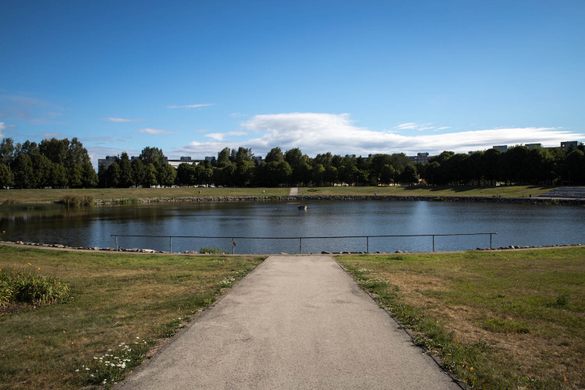
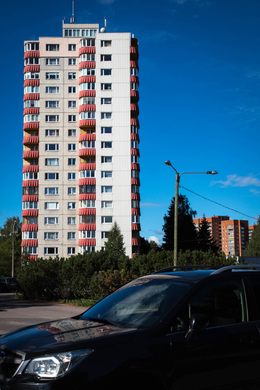
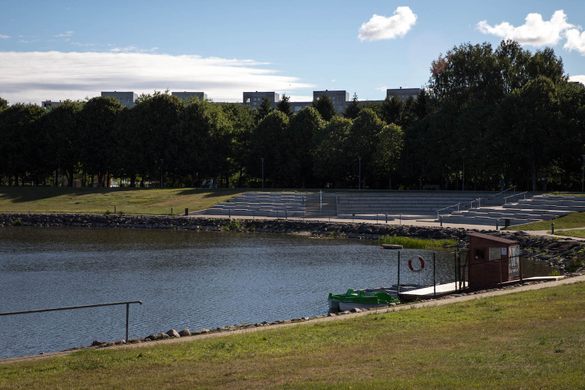








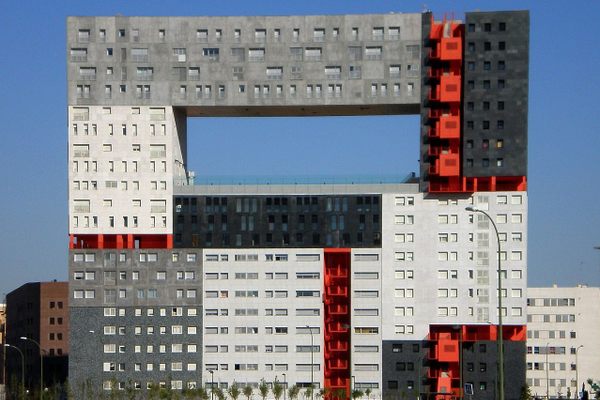
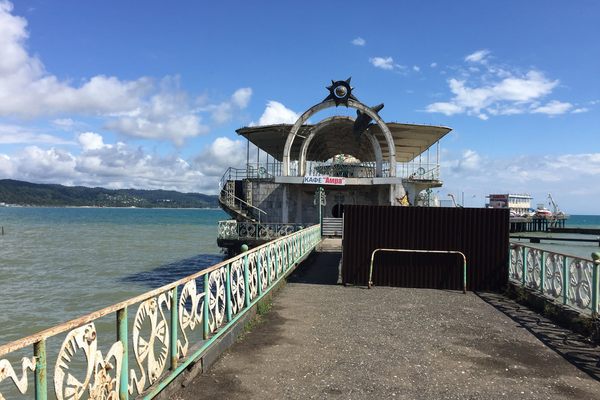
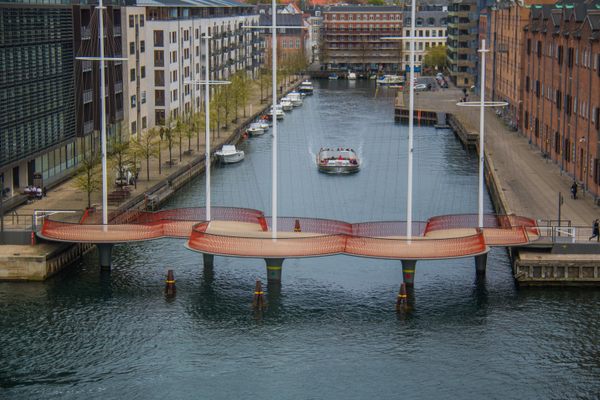

Follow us on Twitter to get the latest on the world's hidden wonders.
Like us on Facebook to get the latest on the world's hidden wonders.
Follow us on Twitter Like us on Facebook